A Beginner's Guide to Making Espresso
Espresso is a strong, concentrated coffee drink that is made by forcing hot water under high pressure through finely ground coffee beans. Achieving the perfect espresso requires quality coffee beans, the right grind size, the proper water temperature and pressure, and some technical skills. This guide will walk you through the entire process of making espresso on a manual espresso machine, from selecting and preparing the beans to pulling the shot. With some practice and patience, you'll be making cafe-quality espresso drinks at home.
Selecting and Preparing the Coffee Beans
The first step is selecting high quality coffee beans. Look for fresh, whole bean coffee that is labelled as espresso roast. Espresso beans are roasted longer which helps bring out the flavours that shine when using the high pressure espresso extraction method. Stay away from pre-ground coffee as it will be too coarse for espresso and lose freshness quickly after being ground. Once you've selected your beans, you'll need to grind them right before pulling your shot. Use a burr grinder, if possible, for a consistent, even grind. The grind size should be fine but not powdery. Aim for a consistency similar to granulated sugar. The proper grind size helps ensure the water flows through the coffee puck evenly during extraction.
Setting up the Espresso Machine
Before grinding the beans, make sure your espresso machine is set up properly. Fill the reservoir with fresh, cold water. Make sure the portafilter is clean and inserted into the group head. The group head is where the portafilter locks into place on the machine. Heat the espresso machine by turning it on and allowing it to warm up for at least 15-20 minutes prior to making espresso. This allows the boiler and portafilter to come up to the proper temperature. The ideal temperature for espresso extraction is around 90°C. Your machine may have a thermometer display to monitor temperature. If not, you can purchase a portafilter thermometer. Having the right temperature is key to extracting the flavours properly.
Grinding the Espresso
Once the machine is preheated, you can measure out your beans and grind them. Use approximately 18-20 grams of beans per shot of espresso. Adjust the grind amount for your preferred single or double shot volume. Grind the beans directly into the portafilter basket. Tap the portafilter on the counter or use your finger to distribute the ground coffee evenly in the basket. Make sure there are no clumps. Next, tamp down the coffee using 30-40 lbs of pressure on your tamper.
Tamp evenly across the surface of the coffee puck. This helps compact the coffee and ensure even water dispersion. The coffee bed should feel firm and dense after tamping. Brush away any loose grounds from the rim of the portafilter basket to ensure a good seal in the group head.
Pulling the Shot Insert the loaded portafilter back into the group head and lock it into place. Place your espresso cup beneath the portafilter spouts. With the espresso machine warmed up and the coffee loaded, you're ready to pull your shot! Slowly turn on the pump or lift the lever to begin the extraction. You want the espresso to flow out steadily like a slow, thick syrup.
The complete extraction should take around 25-30 seconds to pull a 36 to 40ml double shot. Timing is key as over or under extraction will result in poor flavour. You may need to adjust your grind size if the shot pours too quickly or slowly. Watch the crema develop - the layer of tan foam on top. This helps indicate a properly extracted espresso shot.
Texturing the Milk
While espresso can certainly be enjoyed as a shot on its own, most beverages combine espresso with steamed milk. To properly texture milk for lattes and cappuccinos, use a stainless steel steaming pitcher. Fill it about 1/2 full of cold milk - whole milk is preferred for best foam quality. Purge any condensed water from the steam wand before inserting the tip just below the milk's surface. Turn on the steam knob and allow the milk to spin and heat up to between 65-75°C.
The milk should increase in volume by 25-50% as it incorporates air. Knock the pitcher on the counter a few times to burst any large bubbles. Swirl the pitcher to create a silky texture. Turn off steam just before the milk reaches your target temperature to prevent overheating.
Assembling Your Drink First pull your espresso shot into a preheated cup or glass. Immediately combine it with your steamed milk by holding back the foam and pouring the milk slowly into the center of the crema.
For a cappuccino, scoop the milk foam from the pitcher on top to create a thick layer. For a latte, combine everything but just leave a thin layer of foam at the end. Pulling the shot directly into a glass preheated with hot water helps maintain the espresso's optimal temperature when adding cold milk. The key is to work quickly and combine everything while still hot. Artfully pouring the milk to produce latte art is an optional final flourish.
Enjoying Your Espresso Pull up a seat at your homemade cafe, savor the aromas and enjoy your fresh espresso drink! Be sure to consume immediately, as espresso taste best when fresh. Share with friends and family and repeat the process to continue perfecting your home barista skills. The more you practice, the better your espresso technique will become. In no time, you'll be brewing cafe-worthy drinks to start your mornings properly.
Troubleshooting Common Issues Here are some common issues and how to fix them:
- Bitter, harsh flavour - The coffee is over extracted. Use a coarser grind or decrease extraction time.
- Weak, watery flavour - The coffee is under extracted. Use a finer grind or increase extraction time.
- No crema - The coffee is stale or has an improper grind size. Use fresh beans and adjust grind accordingly.
- Coffee sprays out - The grind is too fine and restricts water flow. Try a coarser grind.
- Milk doesn't foam - The milk is too hot. Make sure to steam cold milk and stop before 74°C.
With proper tools, fresh beans, and good technique, you'll be making high quality espresso drinks at home like a professional barista. Making espresso is both an art and a science. Follow this guide carefully while practicing frequently. Soon, your family and friends will be raving about your impressive homemade espresso creations.
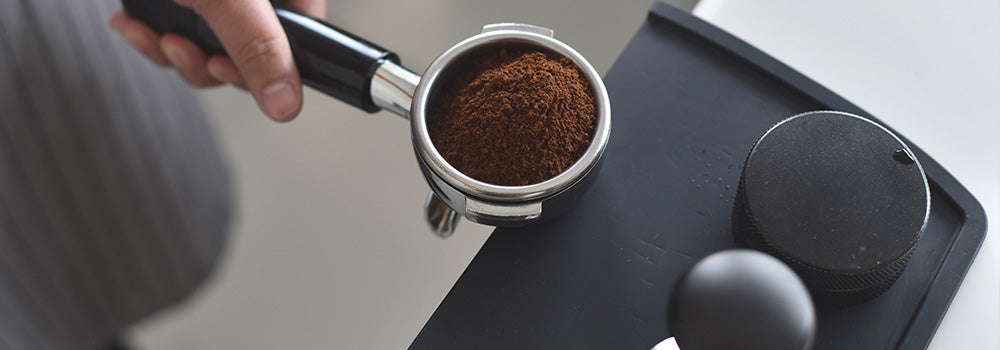
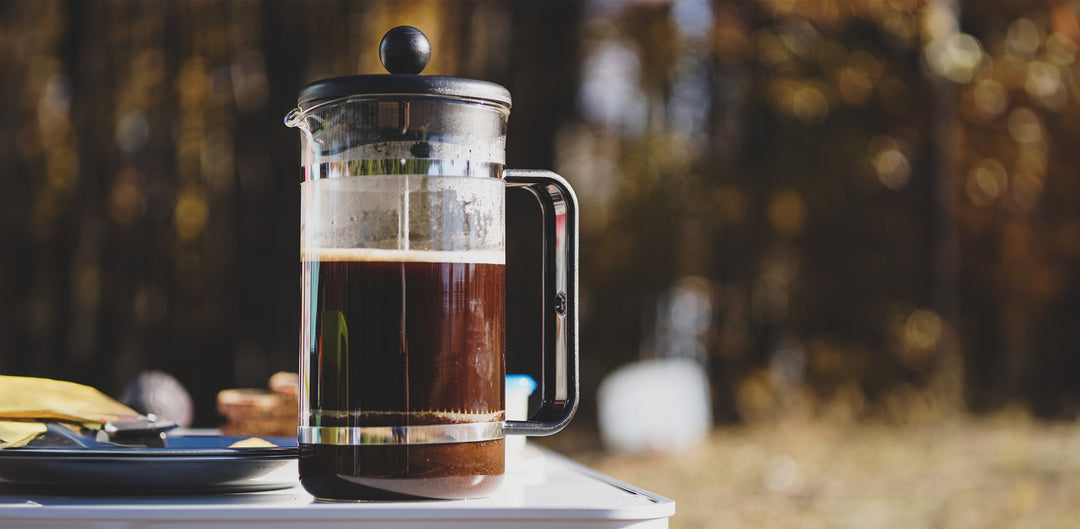
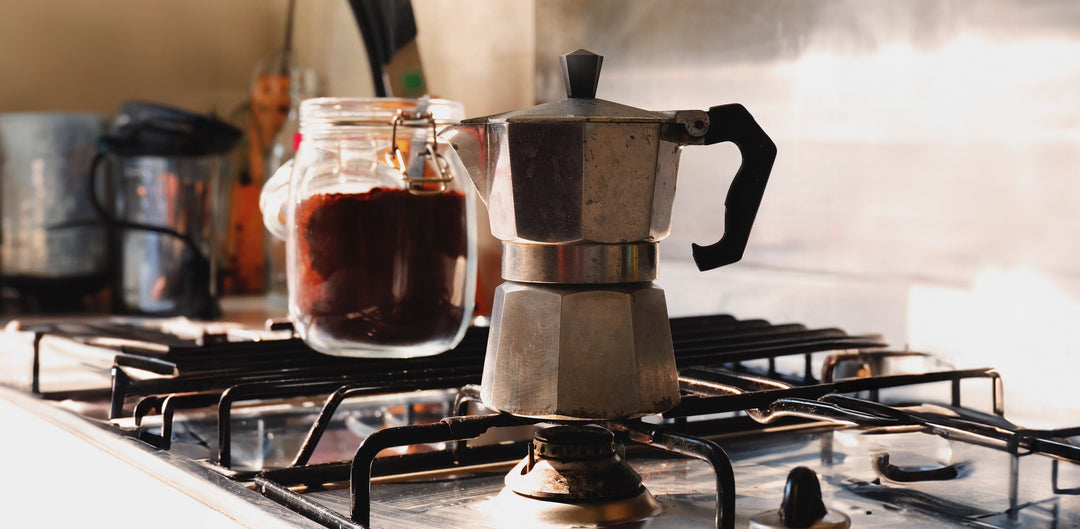
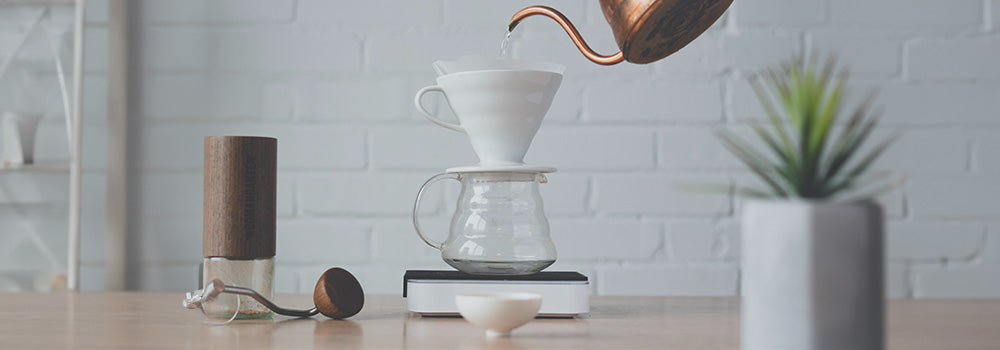
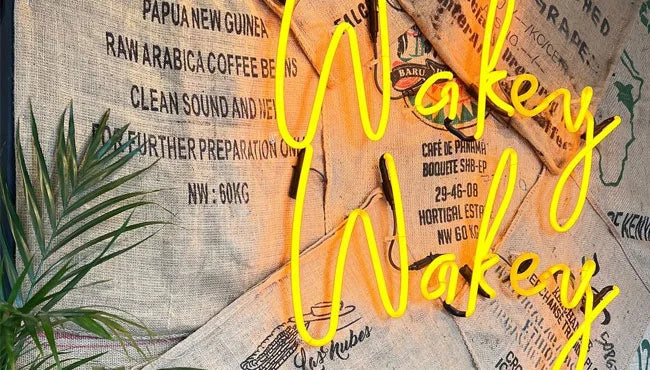
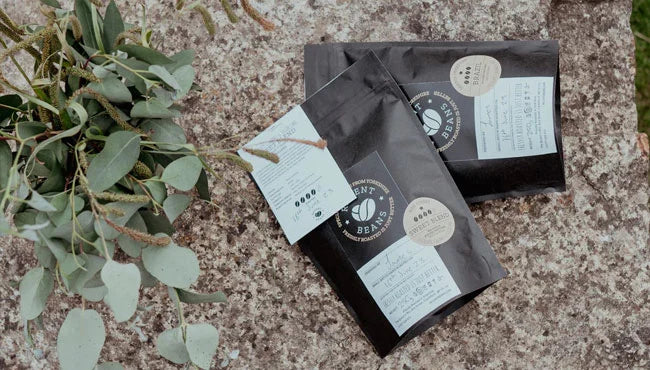
Leave a comment